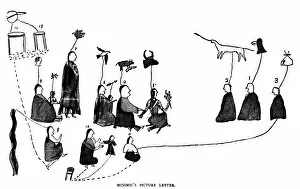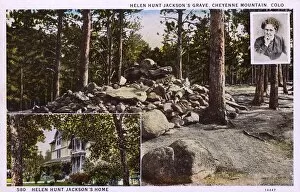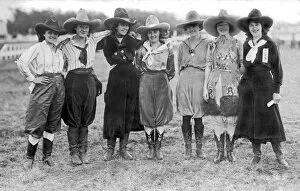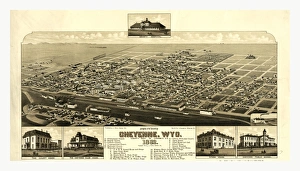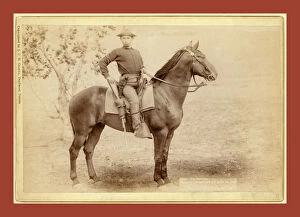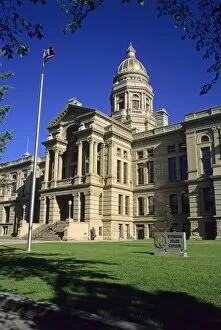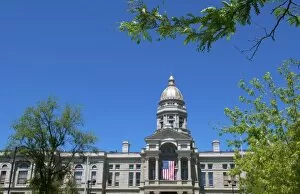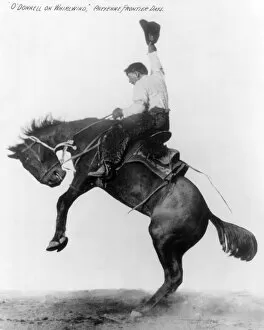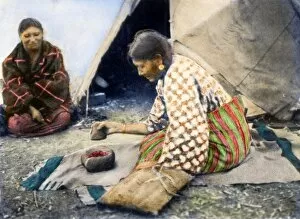Cheyenne Collection (page 5)
"Cheyenne: A Glimpse into the Rich History and Vibrant Present" Step back in time to c1910
All Professionally Made to Order for Quick Shipping
"Cheyenne: A Glimpse into the Rich History and Vibrant Present" Step back in time to c1910, as we witness the stoic presence Chief Two Moons captured by the talented Edward S. Curtis. This iconic photograph serves as a testament to the strength and resilience of the Cheyenne people. The Battle of Little Big Horn echoes through history, forever etching its name in our collective memory. It was here that brave warriors fought valiantly, including those from the Cheyenne tribe who stood their ground with unwavering courage. In present-day Cheyenne, Colorado Springs stands tall with pride, boasting its magnificent Broadmoor Hotel. Nestled amidst breathtaking landscapes, this luxurious retreat offers a glimpse into modern comfort while paying homage to its historic roots. Traveling further west brings us to Wyoming's vibrant city - home to exhilarating rodeos and western celebrations since c1910. Witness Buffalo Vernon's awe-inspiring steer throw during the famous Frontier Days event; an adrenaline-fueled spectacle that embodies true cowboy spirit. Edward S. Curtis once again captures our attention with his striking portrayal of another esteemed Cheyenne chief - Two Moons remains an enduring symbol of leadership and wisdom for generations past and present. As we gaze upon the captivating skyline of Cheyenne, Wyoming today, it is impossible not to marvel at how far this city has come since its humble beginnings. The towering buildings stand as testaments to progress while honoring their rich heritage. Taking flight above these lands is none other than North American T-28B Trojan 137702 - a powerful aircraft that soars through skies once traversed by Native American tribes like the Cheyennes themselves. It serves as a reminder of both technological advancements and historical connections. Amidst all these tales lies Montana's Battle of Little Big Horn - where bravery clashed against adversity in a pivotal moment of American history.









